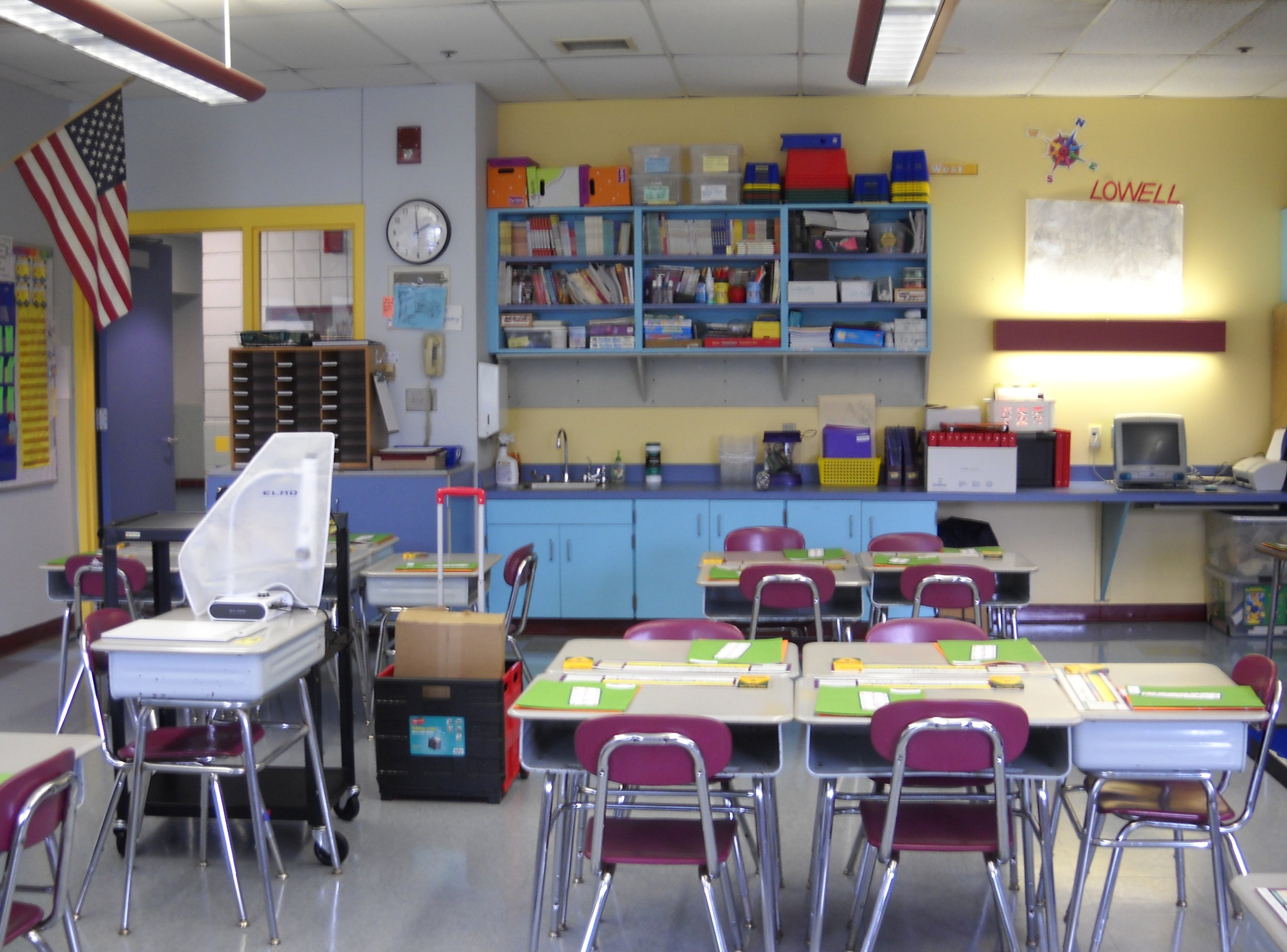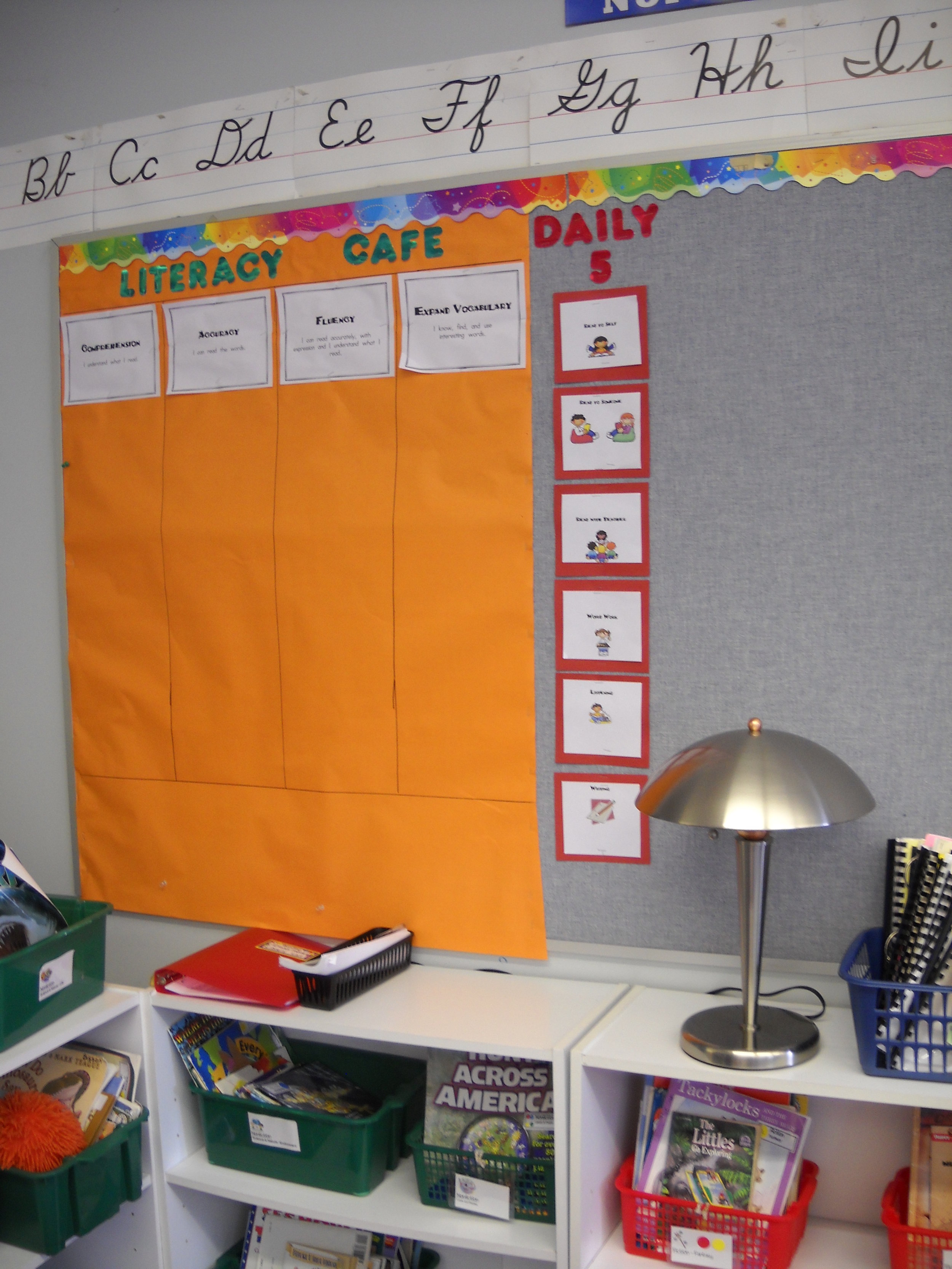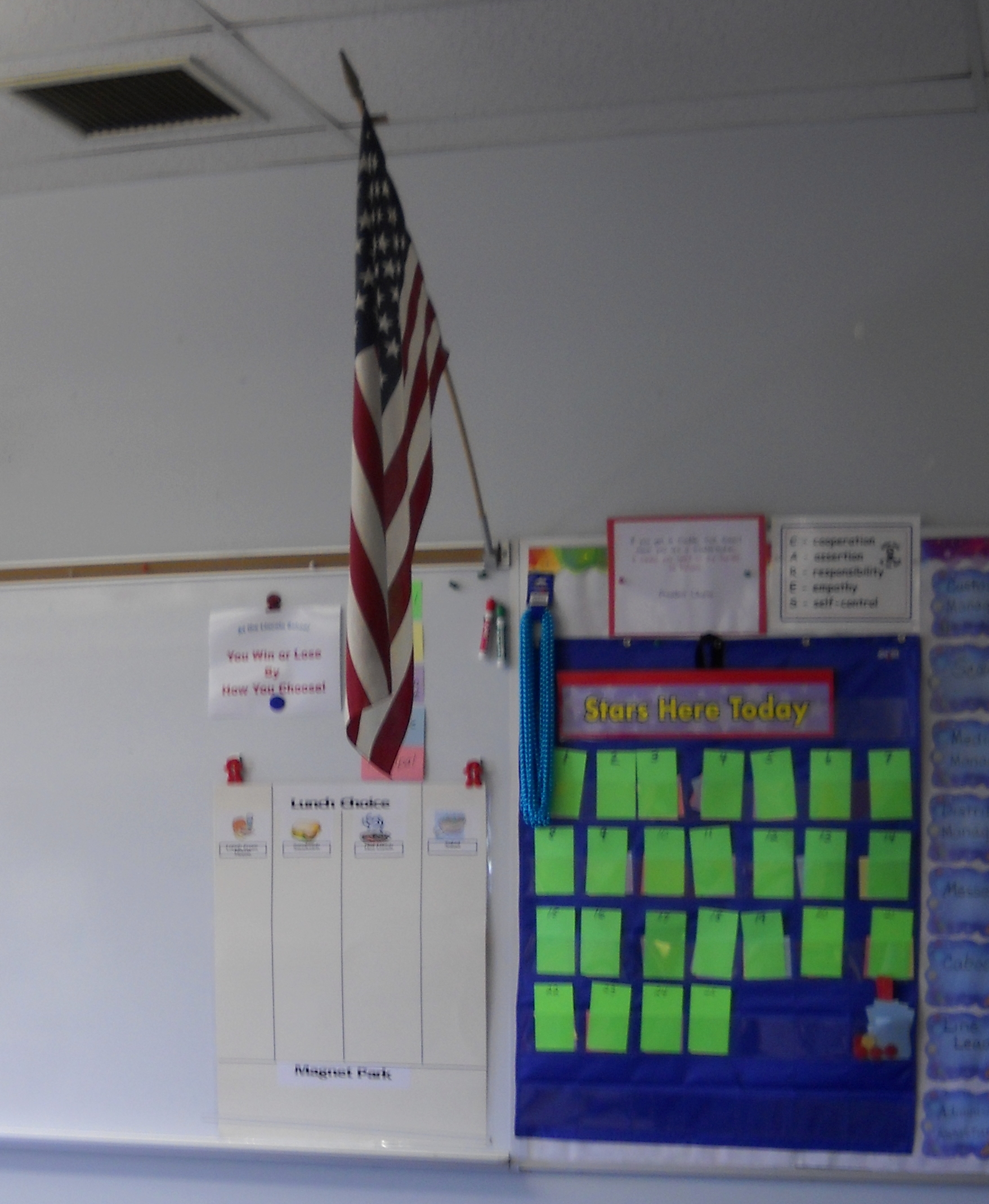"Doing" Justice: More than just forms
Donalyn Miller recently tweeted about a recording sheet she uses for the 40 Book Challenge she not only "invented" but practices with her students in her classroom. As I've recently added her book "The Book Whisperer" to the book study portion of a course I've developed, Donalyn's tweet caught my attention:
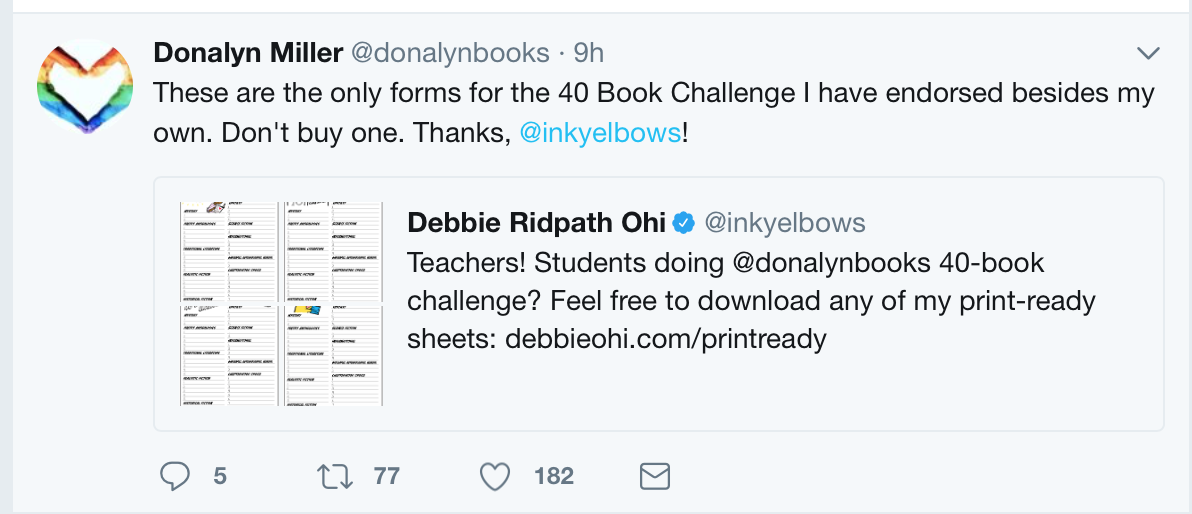
My curiosity over why Donalyn Miller would feel compelled to tweet an endorsement of Debbie Ohi's collection of forms led me to read this post from August 2014: The 40 book Challenge Revisited.Her point this:
... the original thinking behind an instructional idea becomes lost when it’s passed along like a game of Telephone. You heard about it from a 60-minute conference session. Your teammate attended a book study and she gave you the highlight reel. The teacher down the hall is doing something innovative. You should try it. We’ve all seen the quick adoption of shiny, new ideas without a full picture of how these concepts fit into best practices (or don’t).
I've frequently heard fellow educators reference that they are "doing" the Daily Five or the Daily CAFE. However, digging in a little deeper, misinformed yet well-intentioned educator's idea of the "doing" is more likely to be incorporating some of the "centers" (sorry Gail and Joan, I know that's not what you intended) or using some printable for students downloaded from one of the educator enterprise sites.The Daily Five practice is based on developing a trusting relationship between learners and teacher. The development of this trusting relationship is every bit as important as the student activities. A gradual release of responsibility leads to developing students independence and accountability. Joan and Gail's commitment to research and development of their own practice is the powerful glue that, in my opinion, holds the Daily Five and CAFE together. This becomes the basis for educator changes that lead to best practice.Shiny new ideas are terrific, of course. That is the basis of being "green and growing", as one of my former administrators used to say. However, without fully understanding a method for management of teacher, the practice become so simplified that it often becomes just another tedious fill-in-the-blank task to keep students occupied. And that, is not a best practice of any kind.
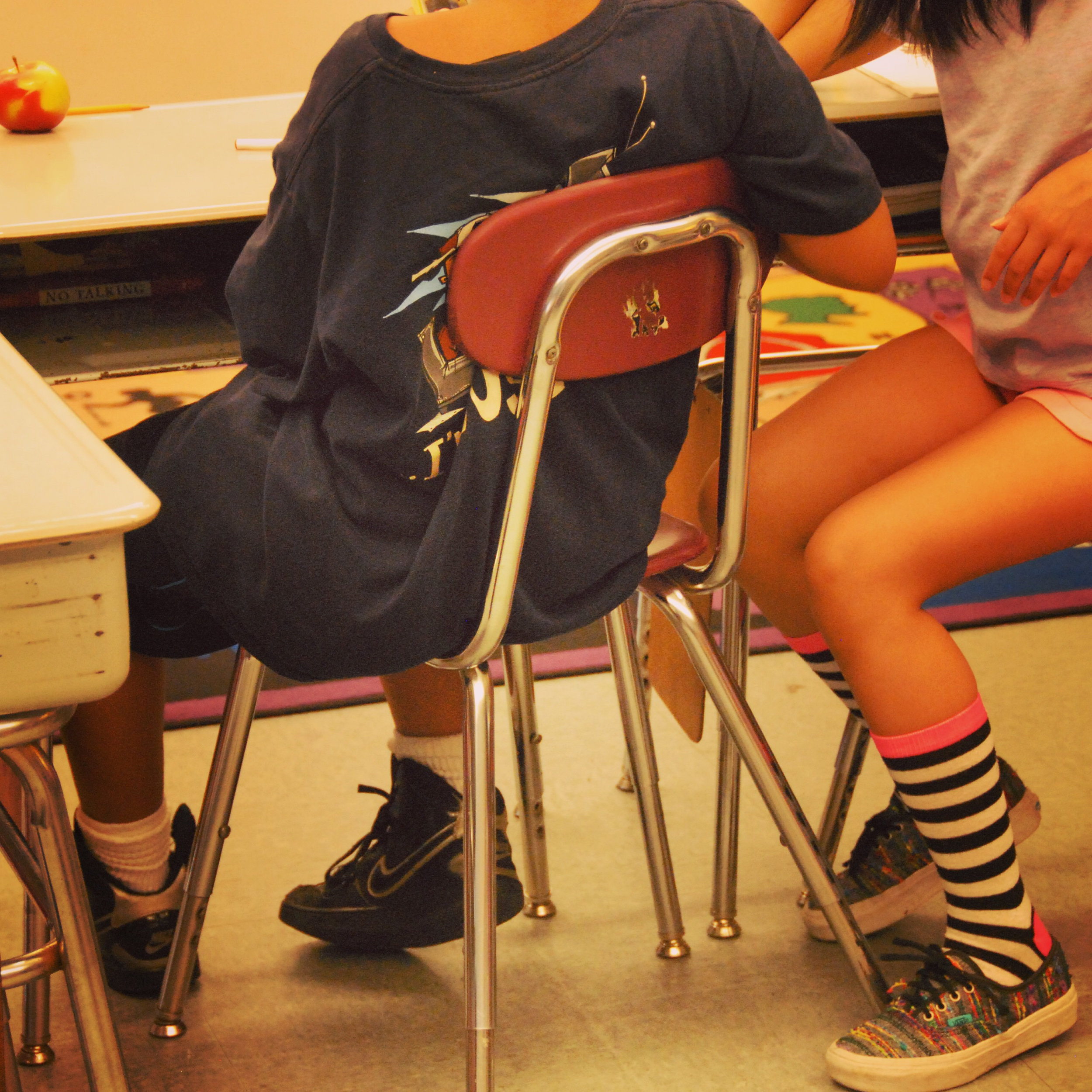 As a writer and, as a teacher, I value collaboration with peers. I know that my writing is made more clear, more interesting, and more precise when I rely on a trusted "critical friend" to offer constructive feedback. And so, when the Commonwealth's writing standards included peer revising as well as adult conferring, the inclusion of critical friends in the Writing Process made sense. Beginning in Grade 2, Writing Standard 5 includes this important progression of peer revision and peer editing. [Refer to the Writing Standards ("Code W") by grade level beginning on page 26 of the
As a writer and, as a teacher, I value collaboration with peers. I know that my writing is made more clear, more interesting, and more precise when I rely on a trusted "critical friend" to offer constructive feedback. And so, when the Commonwealth's writing standards included peer revising as well as adult conferring, the inclusion of critical friends in the Writing Process made sense. Beginning in Grade 2, Writing Standard 5 includes this important progression of peer revision and peer editing. [Refer to the Writing Standards ("Code W") by grade level beginning on page 26 of the 
